Asus 2008 Annual Report Download - page 98
Download and view the complete annual report
Please find page 98 of the 2008 Asus annual report below. You can navigate through the pages in the report by either clicking on the pages listed below, or by using the keyword search tool below to find specific information within the annual report.-
 1
1 -
 2
2 -
 3
3 -
 4
4 -
 5
5 -
 6
6 -
 7
7 -
 8
8 -
 9
9 -
 10
10 -
 11
11 -
 12
12 -
 13
13 -
 14
14 -
 15
15 -
 16
16 -
 17
17 -
 18
18 -
 19
19 -
 20
20 -
 21
21 -
 22
22 -
 23
23 -
 24
24 -
 25
25 -
 26
26 -
 27
27 -
 28
28 -
 29
29 -
 30
30 -
 31
31 -
 32
32 -
 33
33 -
 34
34 -
 35
35 -
 36
36 -
 37
37 -
 38
38 -
 39
39 -
 40
40 -
 41
41 -
 42
42 -
 43
43 -
 44
44 -
 45
45 -
 46
46 -
 47
47 -
 48
48 -
 49
49 -
 50
50 -
 51
51 -
 52
52 -
 53
53 -
 54
54 -
 55
55 -
 56
56 -
 57
57 -
 58
58 -
 59
59 -
 60
60 -
 61
61 -
 62
62 -
 63
63 -
 64
64 -
 65
65 -
 66
66 -
 67
67 -
 68
68 -
 69
69 -
 70
70 -
 71
71 -
 72
72 -
 73
73 -
 74
74 -
 75
75 -
 76
76 -
 77
77 -
 78
78 -
 79
79 -
 80
80 -
 81
81 -
 82
82 -
 83
83 -
 84
84 -
 85
85 -
 86
86 -
 87
87 -
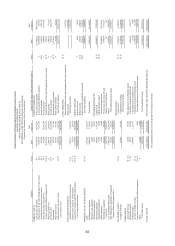 88
88 -
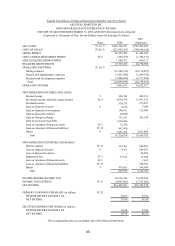 89
89 -
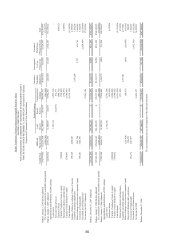 90
90 -
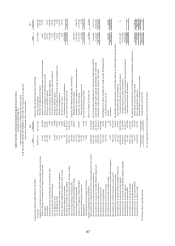 91
91 -
 92
92 -
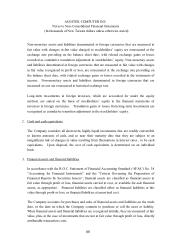 93
93 -
 94
94 -
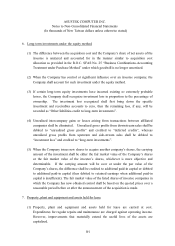 95
95 -
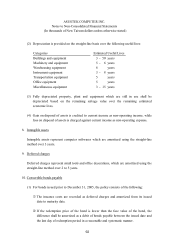 96
96 -
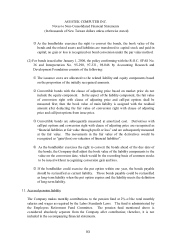 97
97 -
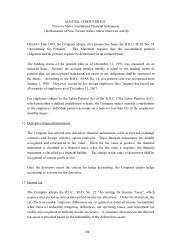 98
98 -
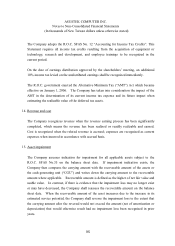 99
99 -
 100
100 -
 101
101 -
 102
102 -
 103
103 -
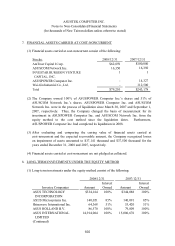 104
104 -
 105
105 -
 106
106 -
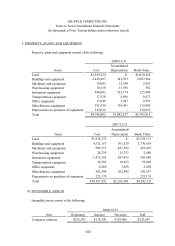 107
107 -
 108
108 -
 109
109 -
 110
110 -
 111
111 -
 112
112 -
 113
113 -
 114
114 -
 115
115 -
 116
116 -
 117
117 -
 118
118 -
 119
119 -
 120
120 -
 121
121 -
 122
122 -
 123
123 -
 124
124 -
 125
125 -
 126
126 -
 127
127 -
 128
128 -
 129
129 -
 130
130 -
 131
131 -
 132
132 -
 133
133 -
 134
134 -
 135
135 -
 136
136 -
 137
137 -
 138
138 -
 139
139 -
 140
140 -
 141
141 -
 142
142 -
 143
143 -
 144
144 -
 145
145 -
 146
146 -
 147
147 -
 148
148 -
 149
149 -
 150
150 -
 151
151 -
 152
152 -
 153
153 -
 154
154 -
 155
155 -
 156
156 -
 157
157 -
 158
158 -
 159
159 -
 160
160 -
 161
161 -
 162
162 -
 163
163 -
 164
164 -
 165
165 -
 166
166 -
 167
167 -
 168
168 -
 169
169 -
 170
170 -
 171
171 -
 172
172 -
 173
173 -
 174
174 -
 175
175 -
 176
176 -
 177
177 -
 178
178 -
 179
179 -
 180
180 -
 181
181 -
 182
182 -
 183
183 -
 184
184 -
 185
185 -
 186
186 -
 187
187 -
 188
188 -
 189
189 -
 190
190 -
 191
191 -
 192
192 -
 193
193 -
 194
194 -
 195
195 -
 196
196 -
 197
197 -
 198
198 -
 199
199 -
 200
200 -
 201
201 -
 202
202 -
 203
203 -
 204
204 -
 205
205 -
 206
206 -
 207
207 -
 208
208 -
 209
209 -
 210
210 -
 211
211 -
 212
212 -
 213
213 -
 214
214 -
 215
215 -
 216
216 -
 217
217 -
 218
218 -
 219
219 -
 220
220 -
 221
221 -
 222
222 -
 223
223 -
 224
224 -
 225
225 -
 226
226 -
 227
227 -
 228
228 -
 229
229 -
 230
230 -
 231
231 -
 232
232 -
 233
233 -
 234
234 -
 235
235 -
 236
236 -
 237
237 -
 238
238 -
 239
239 -
 240
240 -
 241
241 -
 242
242 -
 243
243 -
 244
244 -
 245
245 -
 246
246 -
 247
247 -
 248
248 -
 249
249 -
 250
250 -
 251
251
 |
 |

94
ASUSTEK COMPUTER INC.
Notes to Non-Consolidated Financial Statements
(In thousands of New Taiwan dollars unless otherwise stated)
Effective from 1995, the Company adopts, on a prospective basis, the R.O.C. SFAS No. 18
“Accounting for Pensions”. This Statement requires that the accumulated pension
obligation and the pension expense be determined on an actuarial basis.
The funding status of the pension plan as of December 31, 1995 was measured on an
actuarial basis. Because the accrued pension liability is equal to the funding status of
pension plan, no unrecognized transitional net assets or net obligations shall be amortized in
the future. According to the R.O.C. SFAS No. 18, net pension cost was recognized from
January 1, 1996. However, except for few foreign employees, the Company has closed out
all seniority of employees as of December 31, 2007.
For employees subject to the Labor Pension Act of the R.O.C. (“the Labor Pension Act”),
which prescribes a defined contribution scheme, the Company makes monthly contributions
to the employees’ individual pension accounts on a basis no less than 6% of the employees’
monthly wages.
12. Derivative financial instruments
The Company has entered into derivative financial instruments, such as forward exchange
contracts and foreign currency option contracts. These financial instruments are initially
recognized and remeasured at fair value. When the fair value is positive, the financial
instrument is classified as a financial asset; when the fair value is negative, the financial
instrument is classified as a financial liability. The change in fair value of derivatives shall be
recognized as current profit or loss.
Once the derivative meets the criteria for hedge accounting, the Company adopts hedge
accounting to account for the derivative.
13. Income tax
The Company adopts the R.O.C. SFAS No. 22 “Accounting for Income Taxes”, which
requires inter-period as well as intra-period income tax allocation. Under the Statement, the
tax effects of taxable temporary differences are recognized as deferred income tax liabilities
while those of deductible temporary differences, net operating losses, and investment tax
credits are recognized as deferred income tax assets. A valuation allowance on the deferred
tax assets is provided based on the realizability of the deferred tax assets.
